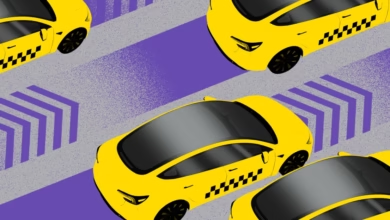Tesla’s Robotaxi Future: What to Really Expect

▼ Summary
– Tesla launched a limited robotaxi service in a small area of one city, with few cars, riders, and safety monitors, raising questions about its self-driving progress.
– The Verge’s Allison Johnson discusses how MVNOs and e-SIMs could disrupt the U.S. cell market dominated by major carriers.
– Ryan Reynolds is highlighted as an unexpected tech innovator in the context of MVNOs and cell service changes.
– The Vergecast addresses a listener question about freeing up iPhone storage, criticizing Apple’s tech and pricing.
– Solutions are offered to help iPhone users manage storage issues despite Apple’s limitations.
Tesla’s highly anticipated robotaxi service has made its debut, though the rollout appears more cautious than many expected. The limited launch in a single city with safety monitors present raises questions about the company’s autonomous driving progress. While prioritizing safety is commendable, the scaled-back implementation suggests real-world challenges remain before widespread adoption becomes feasible.
The discussion then shifts to mobile virtual network operators (MVNOs) and their potential to disrupt the US cellular market. With major carriers dominating the industry, alternatives like eSIM technology and MVNOs offer consumers more flexibility, though not without trade-offs. Surprisingly, even celebrities like Ryan Reynolds have entered the space, proving innovation can come from unexpected places.
For iPhone users struggling with storage constraints, practical solutions exist despite Apple’s restrictive ecosystem. While the company’s pricing for additional storage remains steep, there are ways to optimize space without breaking the bank. Whether through cloud backups, app management, or selective media deletion, users can reclaim valuable storage without resorting to costly upgrades.
The broader takeaway? Technology promises transformation, but real-world execution often requires patience and adaptation. Whether it’s autonomous taxis, mobile networks, or smartphone storage, progress unfolds incrementally, sometimes slower than anticipated.
(Source: The Verge)




